Roth Conversions: Why Now Could Be the Smartest Time to Act
09-09-2025
By Steve Gibson

Tax deferred? Tax free? Tax advantaged?
If thinking about the tax implications of your retirement accounts feels… taxing — you’re not alone. But if your goals include reducing long‑term taxes, increasing your retirement income, or maximizing your estate value, understanding Roth conversions is worth your time.
And right now might be a rare window of opportunity to take action before tax rates potentially rise in the future and before Medicare IRMAA surcharges start affecting you as early as age 63.
Roth vs. Traditional Retirement Accounts: The Basics
Both Roth and traditional accounts — like IRAs and 401(k)s — are considered “tax‑advantaged.” That means they offer significant tax benefits, but the type of benefit depends on the account type:
- Traditional IRA/401(k)
- Tax treatment: Contributions are pre‑tax, meaning you get a tax deduction upfront. The money grows tax‑deferred. But when you withdraw funds, the entire distribution is taxed as ordinary income.
- Roth IRA/401(k)
- Tax treatment: Contributions are made with after‑tax dollars (you pay taxes upfront), but the money grows tax‑free and withdrawals are completely tax‑free if certain criteria are met.
- Required Minimum Distributions (RMDs):
- Traditional IRAs and 401(k)s require withdrawals starting at age 73 now, and 75 beginning in 2033. Roth IRAs never have RMDs for the original owner.
- Roth 401(k)s had RMDs in prior years, but starting in 2024, those rules are gone.
What’s a Roth Conversion?
A Roth conversion happens when you move money from a pre‑tax account (traditional IRA or 401(k)) into a Roth account.
Here’s the trade‑off:
- You’ll pay income tax on the converted amount in the year of the conversion.
- Once in the Roth, the money grows tax‑free, and future withdrawals are tax‑free.
You can convert some or all of your account, many people spread conversions over several years to control the tax bite.
Why 2025 Could Be a Smart Window for Many People
We’re in a period of historically low federal income tax rates thanks to the 2017 Tax Cuts and Jobs Act.
And for those approaching retirement:
- IRMAA Surcharges (Medicare Income‑Related Monthly Adjustment Amount) are calculated based on your income two years before you enroll in Medicare.
- That means if you turn 65 in 2027, your 2025 income at age 63 will determine your Medicare premiums.
- Conversions done before you hit 63 may avoid adding unnecessary surcharges later.
5 Times a Roth Conversion Might Be a Great Idea
- You Expect Higher Taxes Later
Converting now locks in today’s lower rates and shields future growth from taxation. - You Plan to Leave Money to Heirs
Inherited Roth IRAs pass on income‑tax‑free, potentially preserving more wealth. - Your Investments Are Poised for Growth
Paying taxes on a smaller balance before market gains means more growth happens tax‑free. - You Have a Long Time Horizon
The longer you leave money in a Roth, the more powerful the compounding effect of tax‑free growth. - You Don’t Need Future RMDs
Converting eliminates future required withdrawals that could push you into a higher tax bracket.
When to Be Cautious About Converting
A Roth conversion isn’t always a slam dunk.
You need to watch for:
- Short‑Term Tax Burden Can you pay the tax bill without dipping into retirement funds?
- Impact on IRMAA or ACA Premiums Higher taxable income can increase Medicare or health insurance costs.
- College Financial Aid Calculations Conversions can increase your expected family contribution (EFC).
- Current Employer 401(k) You generally can’t convert that money until you separate from the employer.
Running the Numbers (and Reducing the Guesswork)
The math behind Roth conversions can be tricky, and the real answer often depends on your specific tax situation, investment return expectations, and estate goals.
That’s why working with an advisor that uses planning tools, like my Roth conversion calculator is a way to:
- Compare different conversion scenarios
- Minimize your lifetime tax bill
- Maximize your after‑tax income and estate value
The Bottom Line
A Roth conversion is one of the few tools that give you more control over your retirement tax future. By acting strategically before rates potentially rise and IRMAA kicks in, you could lock in years, or decades, of tax‑free growth.
Want to see exactly how a Roth conversion fits into your plan?
Book a free discovery session
and I can run your numbers in the my OnPointe Roth Conversion software to help you make confident, tax‑smart decisions.
